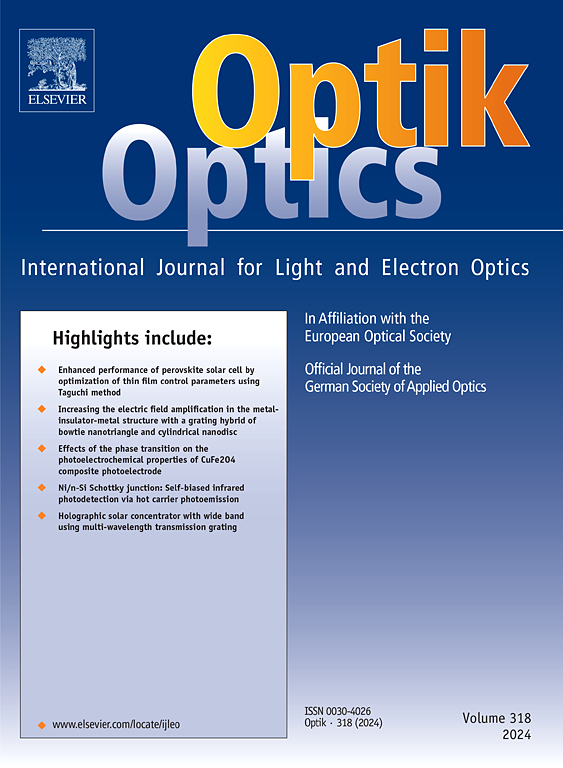Microwave-assisted laser-induced breakdown spectroscopy on aluminum alloy for improved quantitation
IF 3.1
3区 物理与天体物理
Q2 Engineering
引用次数: 0
Abstract
This study employed microwave-assisted laser-induced breakdown spectroscopy (MW-LIBS) to investigate the sensitivity and reproducibility of emission line intensity, plasma parameters, and analytical measurements. Standard Al-alloys (Xiamen Yichen Technology Co., China) were used due to its wide applications and excellent physical and mechanical properties. The plasmas of these alloys were produced using a fundamental harmonic (1064 nm) of Nd: YAG laser. The plasma emissions were recorded at laser energies (40–260 mJ) and microwave power 400, 800, and 1200 W. The MW setup consists of air-cooled 2.45 GHz microwave source (magnetron), a WR340 waveguide, a 3-stub impedance tuner, and a waveguide-to-coaxial adaptor. A one-meter coaxial cable with a sharpened end served as a near-field antenna. The experimental parameters, such as laser energy, microwave power, and detector gate delay, were optimized for sensitivity and repeatability. At an optimized laser energy of 140 mJ and a microwave peak power of 1200 W, signal enhancement was observed to increase six-fold, the signal-to-noise ratio (SNR) improved five-fold, and the limit of detection (LOD) decreased seven-fold compared to conventional LIBS. The repeatability in emission line intensity, measured in terms of relative standard deviation (RSD), was significantly improved from 36 % to 6 %, 46–18 %, and 27–13 % for Mg, Si, and Cu emission lines, respectively. The improvement in repeatability of emission line intensities led to improved accuracy in predicted concentration measurements based on calibration curves, with percentage deviations of 18–3 % for Mg and 35–11 % for Si.
求助全文
约1分钟内获得全文
求助全文
来源期刊

Optik
物理-光学
CiteScore
6.90
自引率
12.90%
发文量
1471
审稿时长
46 days
期刊介绍:
Optik publishes articles on all subjects related to light and electron optics and offers a survey on the state of research and technical development within the following fields:
Optics:
-Optics design, geometrical and beam optics, wave optics-
Optical and micro-optical components, diffractive optics, devices and systems-
Photoelectric and optoelectronic devices-
Optical properties of materials, nonlinear optics, wave propagation and transmission in homogeneous and inhomogeneous materials-
Information optics, image formation and processing, holographic techniques, microscopes and spectrometer techniques, and image analysis-
Optical testing and measuring techniques-
Optical communication and computing-
Physiological optics-
As well as other related topics.
 求助内容:
求助内容: 应助结果提醒方式:
应助结果提醒方式:


